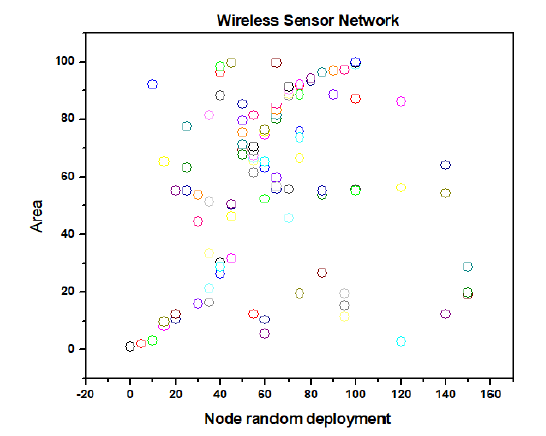


Indian Journal of Science and Technology
Year: 2021, Volume: 14, Issue: 3, Pages: 270-288
Original Article
M L Umashankar1*, T N Anitha2, S Mallikarjunaswamy3
1Research Scholar, Dept of CSE, SJC Institute of Technology, Chikkaballapur, 562101, Karnataka, India. Tel.: +91-9986048568
2professor & HoD, Dept of CSE, SJC Institute of Technology, Chikkaballapur, 562101,Karnataka, India
3Associate Professor, Dept of ECE, JSS Academy of Technical Education, Bangalore, 560060,
Karnataka, India
*Corresponding Author
Tel: +91-9986048568
Email: [email protected]
Received Date:21 December 2020, Accepted Date:17 January 2021, Published Date:01 February 2021
Objective: Energy efficiency aspect in wireless sensor networks (WSN) can be achieved by small sized rechargeable and easily replaceable batteries. The lifetime of wireless sensor network can be improved by identifying the efficient and reliable nodes as a cluster heads using Hybrid Simulated Annealing algorithm. The proposed algorithm identifies cluster head to reduce overhead and is capable of handling high volume of nodes with minimum node death rate. Methods: This study proposed initialization of population vectors using the opposite point procedure, self-adaptive control approach by node mutation rate, crossover rate, node capacity and cluster head allocation Methods. Findings: A case study in the proposed work is found to be better in throughput, accuracy, efficiency, energy utilization, batteries recharge ability and replacement procedures compared to the conventional methods. By the analysis and comparison of the proposed method with existing methods, it is identified that the reduction of the number of dead nodes gradually increases the throughput and lifetime of the nodes with respect to the number of iterations. Novelty: To overcome the limitations of conventional Low Energy Adaptive Clustering Hierarchy (LEACH), harmony search algorithm (HSA), modified HSA and differential evolution, we propose a hybrid optimal model using simulated annealing algorithm which includes a node capability function. It is used to improve the network lifetime of the cluster heads and sensor nodes. The proposed method have capability of batteries recharge ability and replacement option to improve network throughput and reliability of network.
Keywords: Wireless sensor network; Differential Evolution; Low Energy Adaptive Clustering Hierarchy; HAS; modified HAS; simulated annealing algorithm
© 2021 Umashankar et al.This is an open access article distributed under the terms of the Creative Commons Attribution License, which permits unrestricted use, distribution, and reproduction in any medium, provided the original author and source are credited. Published By Indian Society for Education and Environment (iSee)
Subscribe now for latest articles and news.